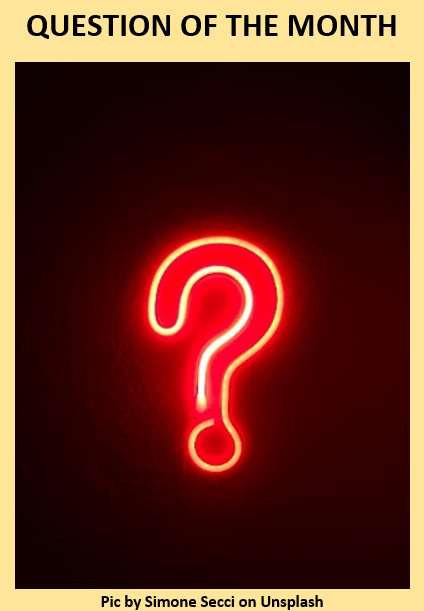What motivates your protag? What is her goal? Answer those questions and you’ve found your book’s soul.
When writing up your players, you’ve gotta keep plot in mind, lest (or, for fear that) you not create an actual satisfying narrative at all. This is a good time to take a moment out to remind ourselves of the three things needed for a story, even as we build those characters who will populate it. And motivation’s only one of them.
According to Abi Wurdeman in her article: “51 Character Motivation Examples for a Clear, Compelling Arc,” goal and motivation are two distinct things:
“A goal is what your character wants. Motivation is why they want it.”
Here’s an example of the difference, taken from Philip Womack’s post: Character Motivation: All You Need To Know from Jericho Writers:
“…in J R R Tolkien’s fantasy novel Lord of the Rings, [the hobbit] Frodo’s final goal is the destruction of the ring [of power]; his motivation is to save Middle Earth.”
But we’re still missing something. A character pursuing a goal unhindered does not a story make. Let me go back to Tolkien to illustrate:
What if Frodo had encountered no conflict? In other words, no resistance from Gollum, no influence from the One Ring itself, no need to travel to Mount Doom, and thus no obstacles on his journey there? Let’s say he was motivated to save Middle Earth by destroying the ring using a conflict-free method, such as flushing it down the toilet. Would we have even had a story then, never mind a grand adventure?
And let’s harken back to our Christmas Carol example from Writing Rhythm issue #41.
Scrooge would have stayed a static character but for the ghosts of Christmas past, present and future, who caused his motivation to shift. Without the conflict provided by the spirits, Scrooge would have remained a greedy miser, the Cratchits’ lot would have remained unimproved, and we’d have had no story.
We’ve covered conflict in the past (Writing Rhythm Issue #13: Good Conflict is Personal) and we’ll have more on conflict in the future. For now, just keep in mind that as a fiction writer, you can’t get by without it.
Time to put all the components together.
The full recipe is in Debra Dixon’s book: “GMC: Goal, Motivation and Conflict, the Building Blocks of Good Fiction.”
Angela Ackerman in “How to Use GMC (Goal, Motivation, and Conflict) to Test a Story Idea” elaborates on GMC:
“A character wants something (the goal), because of a reason (motivation), but something stands in the way (conflict).”
Q: Shouldn’t GMC be under the plot category instead of character?
A: It could indeed fall under plot. The trouble is, we’ve reached the gray zone where many disparate parts have to work together. I’m generally talking about character now, but I’m putting GMC here as a concept because it needs to be kept uppermost in mind as characters are actively being invented and devised.
In summary, characters do not only need motivation; goal and conflict are essential as well. They’re part of a set. Keep each element in mind so you can, y’know, avoid the risk, so to speak, of NOT writing a real story.
(I could swear a vocabulary clue was buried in that last line somewhere…)
What is lest?
This one is in danger of becoming antiquated, having been first used sometime before the 12th century. Use it and help save a word!
Action Plan
This newsletter is free. Please help me find new subscribers by sharing it, commenting, liking or subscribing (did I mention there’s no charge?).
Next Up
#43) Creating Characters. This one will segue us into the dissection of a fiction tale from first inspiration to publication, with the promised new section: Putting Meat on the Bones, complete with before-and-after drafts. See you in two weeks!
Craig


















Like the suggestion to save a word!
Yes. I would add that conflict is an individual dilemma, not a group issue. This is why so many writers struggle. Nearly everyone wants to be an endorser. But a strong protagonist is always an outsider.